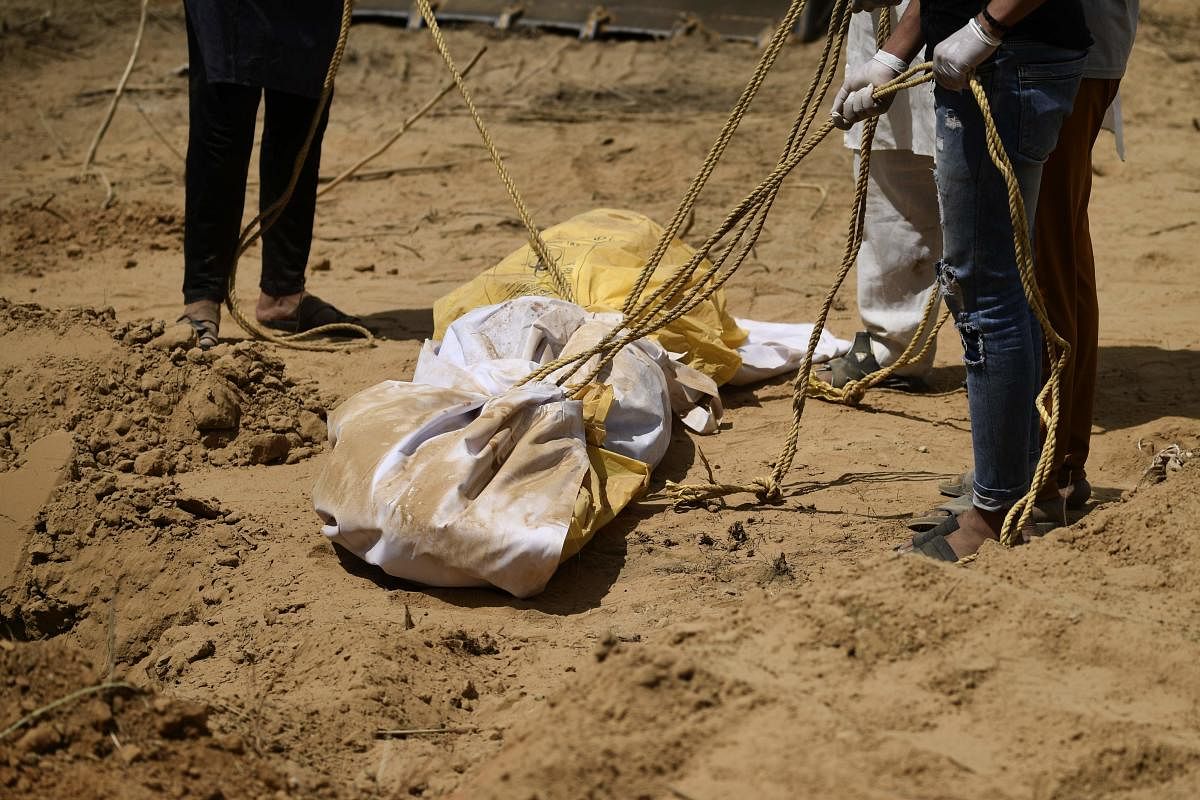
The Covid-19 pandemic has brought the nation to a standstill, along with its routine immunisation programmes and processes. The pandemic is imperilling the three-decades-long worldwide drive to wipe out polio. In an unprecedented move, the Global Polio Eradication Initiative (GPEI) has recommended suspending the polio vaccination campaign to help stop the spread of the novel coronavirus. Since the launch of the GPEI in 1988, the annual number of polio cases worldwide had decreased by 99.99% -- from an estimated 350,000 cases in more than 125 countries to 74 cases in 2015.
Until 2009, India reported a majority – some 70% -- of the global polio cases. India was officially declared polio-free in March 2014 by the World Health Organisation (WHO). That is, no cases of polio had been detected in the previous one year. And India has remained polio-free since then even as it has continued with its polio immunisation programme.
However, due to the current Covid-19 exigency and the suspension of the ‘pulse polio’ drive, India may be at risk of a second wave of the polio epidemic as the immunisation process is on hold and because of the possibility of importation of the polio virus from neighbouring countries.
Immunisation is a routine process for every child and is essential. Delay in administering a vaccine dose may impact the timeline of the subsequent doses, making the child vulnerable to a disease which it would be protected from if vaccinated on time. WHO has issued guidelines that subsequent vaccine doses have a limited permissible waiting period for interrupted or delayed immunisation.
Having said that, we share our borders with Wild Polio Virus (WPV)-endemic countries (Pakistan and Afghanistan) whereby we face a dual-threat: preventing entry of WPV and stopping outbreaks due to vaccine-derived poliovirus (VDPV), and rare strains mutated from the live attenuated virus in Oral Polio Vaccine (OPV). Until all the children in the country are not vaccinated with polio vaccine, there continues to be a high threat to India’s polio-free status due to the risk of importation of WPV or VDPV. Due to the suspension of the drive, the virus will likely re-invade countries that are now polio-free. India has been polio free for eight years now, and if we are not ready with an intensified immunisation programme post-Covid-19 pandemic, we may have another epidemic to deal with, amidst other health exigencies.
As per the latest vaccination guidelines by the Indian Academy of Pediatrics, children should get four doses of Injectable Polio Vaccine (IPV) at the stages of 6, 10, 14 weeks and 18-24 months. Additionally, OPV should be administered at birth, and on campaigns.
A handful of unvaccinated people can also make it easier for a disease to spread and survive. The herd or collective population-level demands many people should be vaccinated for Vaccine-Preventable Diseases (VPDs) to stop a disease from spreading. Active immunisation programmes help break the chain of diseases from spreading, curtailing the transmission.
Studies have shown that OPV-induced gut immunity fades substantially over time. Although children and adults vaccinated with OPV are protected against poliomyelitis, they might still be susceptible to infection and transmit the poliovirus. Therefore, it is important to evaluate the situation immediately once the lockdown is lifted and an extraordinary approach may have to be adopted to vaccinate children with IPV at the earliest. It is important to understand how intensified, viable solutions and polio vaccination drives can help avoid the spread of vaccine-preventable diseases. We must come together as a nation to prevent future pandemic outbreaks, especially those which have a definitive existing management and prevention approach.
India immunises over 170 million children annually, despite a few infrastructure challenges, reinfection threats, and a periodic episode of mistrust of vaccines among people. Still, India has been successful in pioneering programmes to eliminate some crucial vaccine-preventable diseases like polio and measles. This success is a result of an enormously coordinated effort by the healthcare force to help deliver vaccines at the right time and at the right places. We must not allow life-saving health interventions to fall victim to our efforts to address Covid-19. To prevent a re-occurrence of polio cases, there is a need to immediately devise strategies and to scale-up routine immunisation.
At present, the world is dealing with a highly contagious virus, but as far as children under the age of five are concerned, the mortality risk presented by most of the currently vaccine-preventable diseases is higher than the mortality risk presented by Covid-19. Therefore, VPD surveillance should be maintained and reinforced to enable early detection and management of VPD cases and, wherever feasible, to contribute to surveillance of Covid-19.
I strongly recommend that the Government of India should begin rigorous planning now, to intensify immunisation programmes once the pandemic is under control. These vaccination activities must focus on children who have missed/will miss vaccine doses during this period of interruption and prioritise the most vulnerable children.
If resources are limited, immunisation activities should place priority on outbreak-prone VPDs such as measles, polio and diphtheria. Countries should implement effective communication strategies and engage with communities to allay concerns, enhance community linkages and re-establish community demand for vaccination.
While social distancing is the need of the hour, we must look at successfully rolling out an effective vaccine against Covid-19 as soon as it becomes available. Immunisation programmes must remain robust and accessible to those that most need inoculations.
(The writer is an Epidemiologist and Chairman of the Scientific Advisory Committee of the National Institute of Epidemiology, Indian Council of Medical Research)